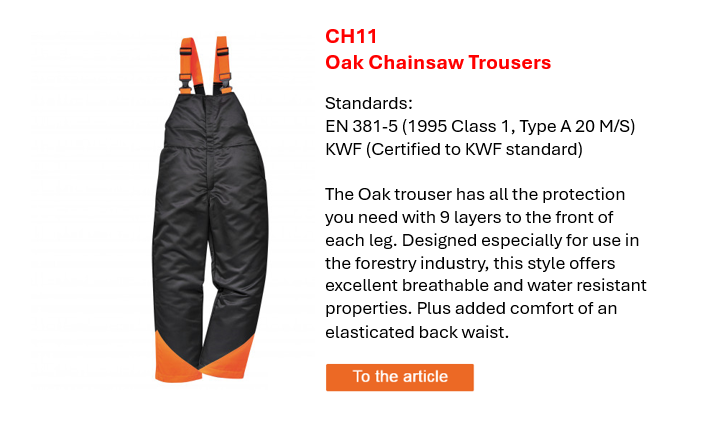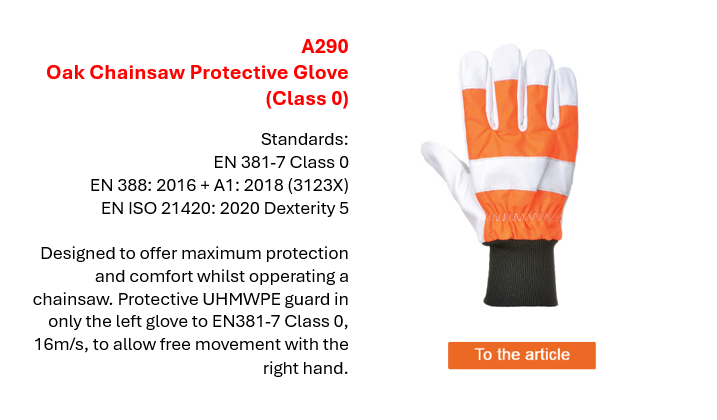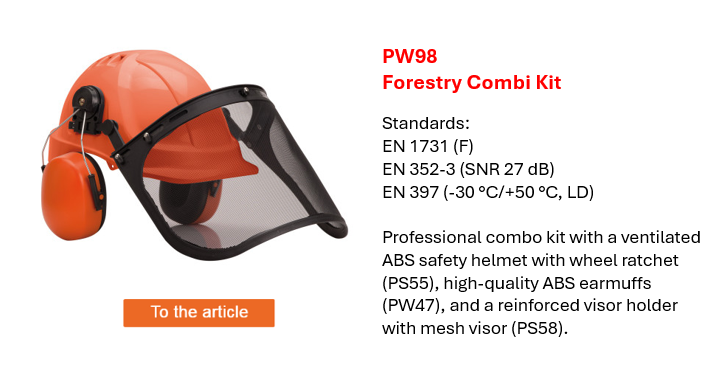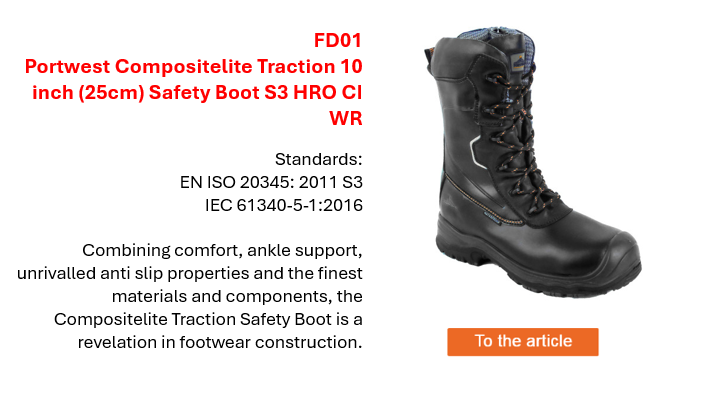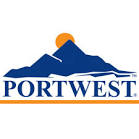Whether in professional forestry, tree maintenance, or private woodcutting – the chainsaw is one of the most effective yet dangerous tools. Misuse, kickback, or slipping can lead to numerous accidents every year. That’s why proper personal protective equipment (PPE) is essential. Special cut protection clothing, compliant with applicable European standards, helps prevent severe injuries and is even legally required in many situations. This article explains which protective clothing is indispensable when operating a chainsaw, what standards are relevant, and what to look for when purchasing.
Why protective clothing is essential for chainsaw work
Chainsaws can reach speeds of over 20 m/s – fast enough to cut through even the hardest materials. The human body stands no chance against such force. Therefore, certified protective gear is not optional for chainsaw users – it's mandatory.
Standard chainsaw PPE typically includes the following key components:
1. Chainsaw Trousers – Vital leg protection
Leg injuries are the most common in chainsaw accidents. Chainsaw trousers are a must-have. They consist of multiple layers of special fibers that, upon contact, get pulled into the chain to stop it instantly.
Relevant standard: EN 381-5 (protection performance and design), Cut protection classes 0–3 (based on chain speed).
When buying, consider protection class, fit, and breathability.
2. Chainsaw Gloves – Hand protection against kickback or slips
Your hands control the saw – and are therefore at high risk. Chainsaw gloves offer extra protection on the back of the hand.
Relevant standard: EN 381-7 for chainsaw protective gloves.
Good fit is crucial to ensure both safety and dexterity.
3. Helmet with Face and Hearing Protection – Shielding your head and senses
A full head protection kit includes a helmet, a mesh visor to guard against wood chips, and hearing protection. Falling branches, kickback, or excessive noise pose serious risks without this equipment.
Relevant standards:
EN 397 (Industrial helmets)
EN 352 (Hearing protection)
EN 1731 (Eye and face protection with visor)
Helmets should be replaced every 3–5 years due to material fatigue.
4. Chainsaw Boots – Secure footing and foot protection
Chainsaw boots protect your feet and ankles from the cutting chain and provide grip on uneven terrain.
Relevant standards:
EN ISO 20345 (Safety footwear with toe protection)
EN 17249 (Chainsaw cut protection)
Key buying factors include the correct size, tread quality, and water resistance.
Cut Protection Classes Overview
Cut protection clothing is classified into classes 0 to 3, which indicate the chainsaw speed they can withstand:
| Protection Class | Chainsaw Speed (m/s) |
|---|---|
| Class 0 | 16 m/s |
| Class 1 | 20 m/s |
| Class 2 | 24 m/s |
| Class 3 | 28 m/s |
Professionals or those working under accident prevention regulations should opt for at least Class 1 protection. In many workplaces, this is a mandatory requirement.
Safety First – Always!
Chainsaw protective gear saves lives. It guards against life-threatening injuries and is essential for anyone working with chainsaws, whether professionally or privately. When purchasing, look for certified standards, proper fit, and the appropriate protection class. Only those who are fully and correctly equipped can work safely – and stay protected in an emergency.















